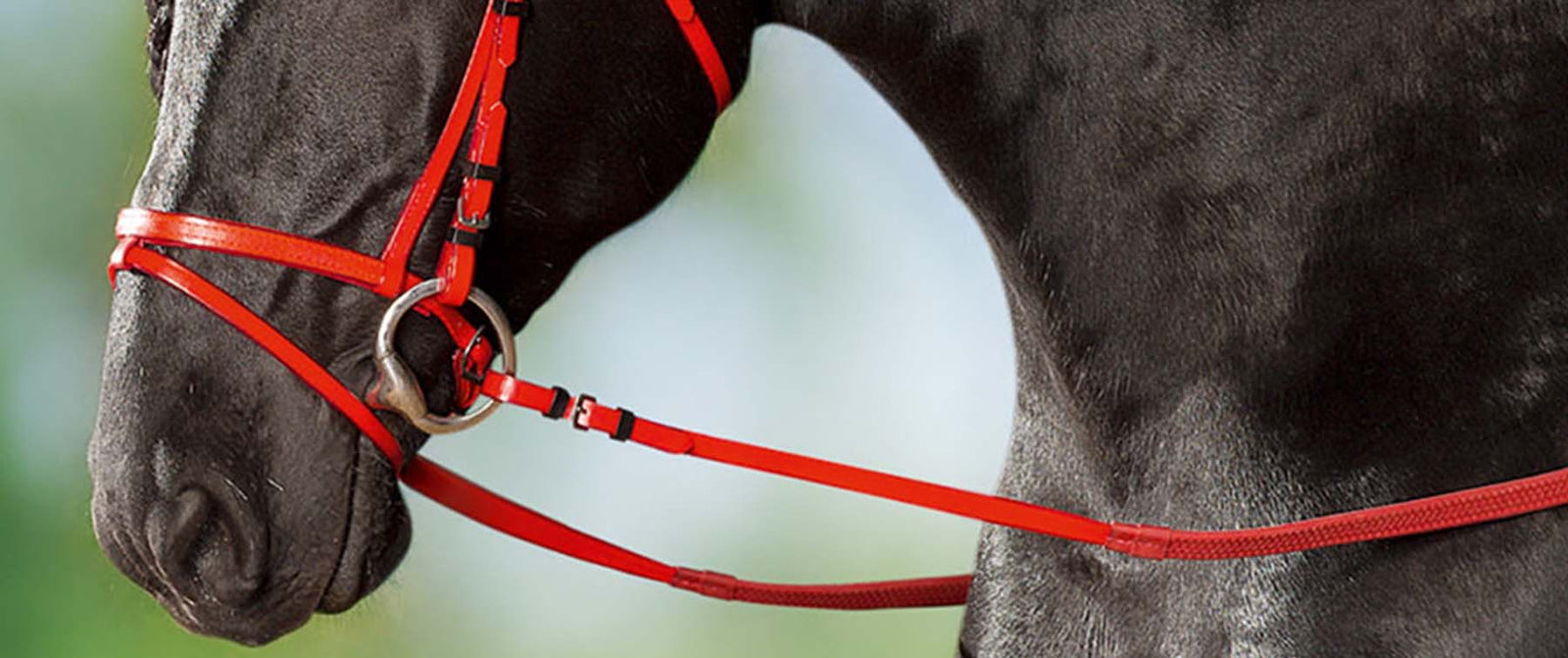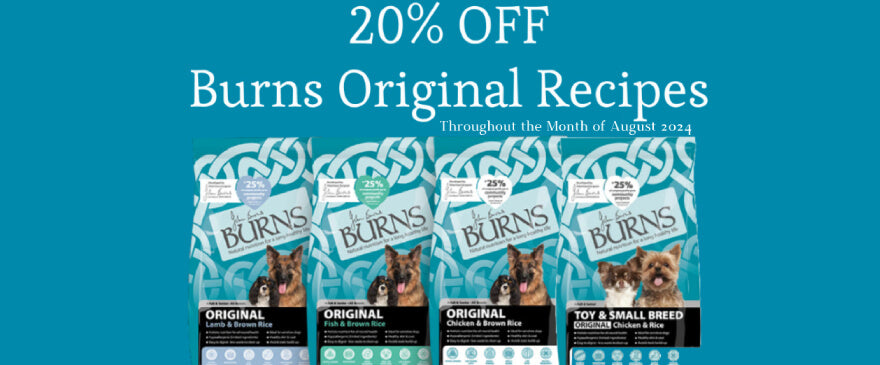FREE SHIPPING OVER £49 T&C'S APPLY
Have you got the right bit?
January 24, 2019 2 min read 0 Comments

There are so many different types of bits in the equestrian world, its easily to be confused! Keep on reading for a simple guide on the different types of bits and how they affect riding.
Difference in snaffle and curb bits
The mouthpiece doesn’t define what type of bit it is, it’s the cheek piece. Snaffle bits work on direct pressure where as curbs work off leverage. However, some bits fit into both categories which puts them into their own category called ‘in between’ this is because they have characteristics of both snaffle and curb bits. With these bits you need to use 2 reins, one on the snaffle ring and one of the curb ring. Examples of in between bits are Pelham, Kimberwicke and Elevator.



When using a snaffle bit, the rein is connected directly to the mouth of the horse so when you pull back on the reins, pressure is created on the corner of the lips, the bars of the mouth, the tongue and sometimes the roof of the mouth.
A curb bits pressure is different to the snaffle, the rein is connected to the end of the shank, it pulls up and back on the bottom of the shank, under the mouth instead of pulling the mouth. The first point of pressure is underneath the chin and then the roof of the mouth/tongue. This type of bit will also cause pressure on the horses’ poll, at the top of the head.
Examples of bits
Loose ring snaffle- This is best used when training and for horses with soft mouths. The rings will turn whilst in the horses’ mouth which causes a pinch in the corners.

Eggbutt snaffle- This is the same as the loose ring snaffle however the rings are fixed in place and don’t move.

D-bit- This bit is used in many thoroughbred race horses and sometimes gets called the racing d bit.
![]()
Full cheek snaffle- The bit keeper holds the top cheek of the bit in place against the cheek piece on the bridle. This can be used without keepers but will affect how the bit works. The full cheeks keep the bit from puling through the horses’ mouth. This bit is often used for training young horses and riders.

Western curb bit- This bit has a gently ported mouth piece and shanks varying in length, where the reins attach. When the rider takes the reins, more leverage is put on the horses’ mouth and the poll. The longer shank allows the leverage to be utilised by giving extremely light rein aids.

Some bits are harsher than others, depending on the bit and on the horse. It is important to know about bits before getting one for your horse. If it isn’t the right bit, it could cause serious damage, so take care when choosing.
#choosetherightbit
Now that you have more knowledge on bits, read about the important information on body protectors.
https://petnpony.co.uk/blogs/news/body-protectors-what-do-you-need-to-know

Also in PetnPony Blog

Chronic Kidney Disease in Cats - Royal Canin
February 24, 2025 3 min read 0 Comments
Cats - like dogs and humans - have two kidneys situated in the abdomen close to the spine and last rib. They are vital organs, continually filtering toxins and waste materials from the blood and producing urine to enable those toxins to be excreted from the body.

Fuel Their Joy, Feed Them Natural: Discover Premium Dog Foods at PetnPony
August 08, 2024 4 min read 0 Comments

20% Off Burns Original Recipes at PetnPony this August! Natural, Hypoallergenic, and Delicious!
August 05, 2024 3 min read 0 Comments

